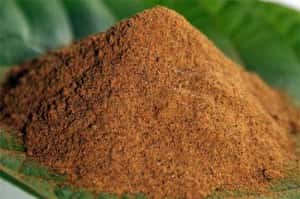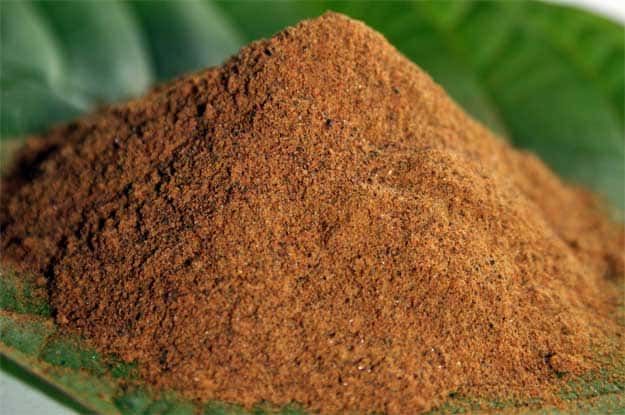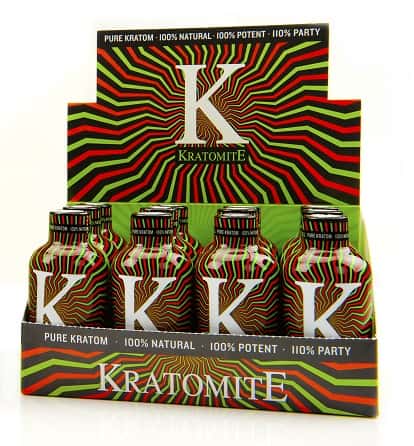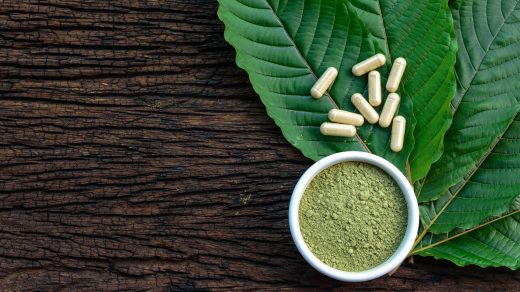 What are Kratom extracts and how are they different to other formulations that you might find this plant in? If you are navigating the Kratom marketplace for the very first time, you may find yourself encountering a number of new terms like Kratom tinctures, resins, liquids and oils. All of these are different forms of extracts, typically denoted as having a number in their name followed by an “x” (i.e. 1x, 8x , 15x or 50x). Extracts are usually more expensive, higher potency products that have been boiled down or purified in some way so that a smaller effective dosage is required. There is much debate about the merits of using Kratom extract products; some favor these formulations because they can be significantly stronger while others say they pose greater risk of tolerance and should be avoided by new users.
What are Kratom extracts and how are they different to other formulations that you might find this plant in? If you are navigating the Kratom marketplace for the very first time, you may find yourself encountering a number of new terms like Kratom tinctures, resins, liquids and oils. All of these are different forms of extracts, typically denoted as having a number in their name followed by an “x” (i.e. 1x, 8x , 15x or 50x). Extracts are usually more expensive, higher potency products that have been boiled down or purified in some way so that a smaller effective dosage is required. There is much debate about the merits of using Kratom extract products; some favor these formulations because they can be significantly stronger while others say they pose greater risk of tolerance and should be avoided by new users.
Topics
What is Kratom Extract
Kratom extracts are made by boiling the crushed or powdered leaves of the Mitrogyna speciosa tree and evaporating the water off. The purpose is to extract the alkaloid content from the raw leaves so that they can be prepared and sold in a denser format. After the water content has been filtered and removed, what remains is a thick, dark paste with a higher concentration of Kratom alkaloids. If the extract is left to solidify, it will turn into a blackish resin. The extract can then be ground into a powder itself, sold as a solid resin, or made into a liquid tincture or oil.
When making a high quality extract, the goal is to preserve as much of the original alkaloid content as possible, remembering that there are several different active chemicals that contribute to the many benefits of using Kratom. The three main alkaloids are mitragynine, 7-hydroxymitragynine, and mitraphylline, but any Kratom connoisseur will tell you that it is the natural interplay of these ingredients with many others that makes Mitrogyna speciosa such a dynamic plant. An extract with the full range of alkaloids is referred to as Full Spectrum Kratom or sometimes as Full Spectrum Tinctures (FST).
Grading Extracts
It is common practice to grade extracts as being 1x, 5x, 10x or some higher number of a certain strain of Kratom. For example, you may see Kratom 15x Bali Extract being sold by some vendors. Contrary to what most people believe, these numbers do not mean that the extract product are 15x stronger than Kratom leaves or powders or have 15x the alkaloid content per gram. Instead, the multiplication refers to the concentration factor by volume. For example, a 15x extract powder would have started out as 15 grams of crushed or powdered leaves and then been reduced down to 1 gram. Because there is no standard alkaloid content across different Kratom trees and there are no universal extract guidelines, a 15x extract will not necessarily be 15 times stronger than a 1x extract.
One important thing to keep in mind is that higher is not always better when it comes to extract multiplication factors. There has been a trend recently to push out products listed as high as 50x or 100x (which would require it to be 100% alkaloids). In general, any product that is a true Full Spectrum Extract cannot be stronger than 20x as otherwise you would start losing alkaloid content in the purification process. The average Kratom leaf has a 1% alkaloid content mixed across between 25 – 40 different chemicals. A standard extraction efficiency of 20x would produce a net result of 20% active ingredient and 80% remaining plant matter. As you surpass this number, there are questions about how much of the extract can be absorbed as well as at what point you actually start to degrade the total chemical ingredient content.
Using Extracts
 Kratom extracts can be quite a lot more expensive than non-concentrated products like raw leaves or powders. Always make sure that you are achieving a net cost savings per dosage when deciding whether to buy an extract product. Some resources will advise beginners to avoid extracts entirely when they first start using Kratom products since the risk of side effects and tolerance can be higher. If you are new to taking this natural compound, definitely consider trying a powder first or start with the lowest denomination extract you can find.
Kratom extracts can be quite a lot more expensive than non-concentrated products like raw leaves or powders. Always make sure that you are achieving a net cost savings per dosage when deciding whether to buy an extract product. Some resources will advise beginners to avoid extracts entirely when they first start using Kratom products since the risk of side effects and tolerance can be higher. If you are new to taking this natural compound, definitely consider trying a powder first or start with the lowest denomination extract you can find.
For those more advanced users, extracts are a viable option because they do offer a significant degree of convenience compared to unextracted products. Whether you are using a powdered extract, a tincture or a Kratom resin, it is important that you correctly convert your required dosage to avoid taking too much. In general, someone who typically uses 5 grams of Kratom powder will see similar results from 0.33 g of a 15x extract. Remember, a 20x extract is not necessarily 20 time stronger than standardized powder, so these conversions are loose estimations at best. You should determine your personal dosage sensitivity by starting with a smaller amount and observing the effects on your individual chemistry.
It is easy to over-do it with extracts which could produce side effects like nausea, vomiting, drowsiness, muscle incoordination and difficulty thinking clearly. Extracts should be cycled often or used infrequently to prevent developing a tolerance. If you are not using a Full Spectrum Extract, the risk of tolerance and withdrawal may be higher due to the lack of other alkaloids to balance out the effects on your neural receptors. Because of their higher cost and greater risk profile, there are some who will tell you to avoid Kratom extracts altogether unless you are experiencing severe pain or are undergoing withdrawal from a drug addiction. Use caution in exploring this part of the market and make sure to follow the precautions listed above.



